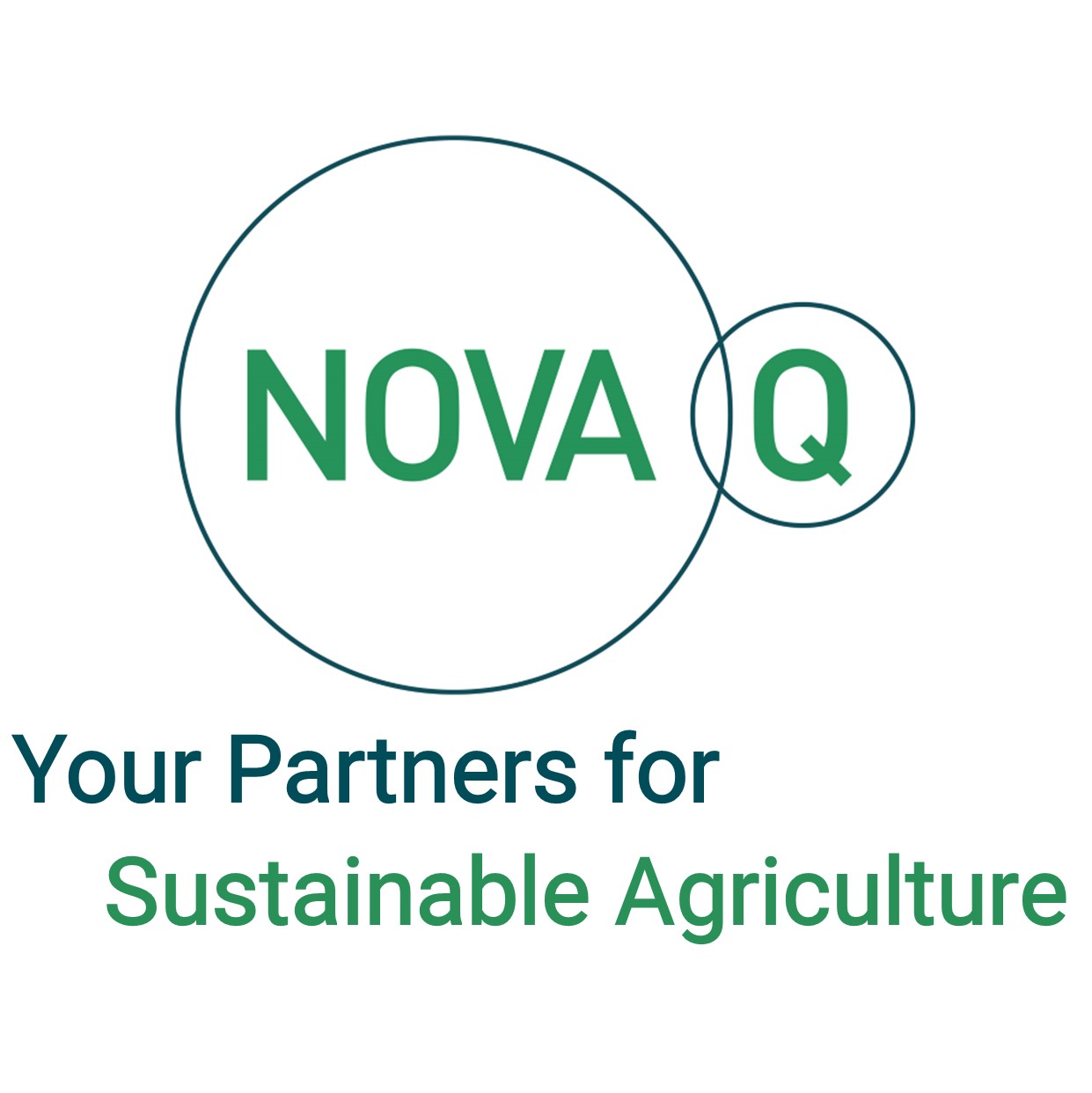Cattle marts: More buyer activity and larger sales
Over the past week, mart managers have reported larger cattle sales taking place across the country. Additionally, they have also noted the presence of additional buyers at the ringside.
Many managers have reported improvements across the board, but demand is still best for forward store types.
Factory buyers are still active at the ringside, while some managers have noted that exporters are in the market for good-quality Belgian Blue weanlings destined for the Italian market.
There are also reports of plainer-type cattle improving. However, poor-quality, dairy-influenced stock are still the hardest sell.
George Candler – Kilkenny Mart auctioneer – reported that there was a good yard of cattle on Thursday last and outlined that quality lots have continued to sell well.
He also noted that there was more life to the Friesian bullock trade – especially for British Friesian types.
Aberdeen Angus and Hereford types also witnessed an improvement, as a result of good weather conditions, according to the well-known auctioneer.
With a sharp trade all round reported, beef bullocks sold for €1,110-1,820/head and lots falling into the 500-600kg weight bracket made €700-1,440/head.
Lighter store bullocks (400-500kg) traded for €600-1,260/head, while bullocks weighing less than 400kg made €480-970/head.
Moving to the heifer trade, the heavier beef lots sold for €1,050-1,500/head, forward store heifers made €750-1,190/head and lighter store heifers fetched €450-940/head.
In addition, Friesian cull cows made €0.80-1.50/kg and continental types fetched €1.30-2.30/kg.
A large cattle sale took place at Ballinrobe Mart on Wednesday last, October 17, and a good trade all round – amidst the good weather conditions and large number of farmers in the market for stock – was reported.
A number of weanling bulls also passed through the Mayo-based venue. The top price in this category went to a Limousin bull weighing 280kg; he sold for €990 or €3.54/kg. A Limousin weanling heifer – weighing 330kg – made €935 or €2.83/kg.
In the cow ring, a top price of €1,375 or €2.24/kg was paid for a Limousin cow weighing 615kg. A Limousin cow with a Charolais bull calf made €1,720.
A large sale of weanlings – amounting to 780 head – was reported from Carnew Mart on Saturday last (October 20).
The trade was reported to be strong, with good demand from both feedlot buyers and exporters.
Bulls weighing in excess of 400kg sold for €850-1,560 or €1.90-3.02/kg, while lots less than 400kg made €580-1,180 or €1.96-3.15/kg.
On the day, heifers weighing over 400kg made €770-1,160 or €1.72-2.93/kg and heifers under 400kg sold for €460-1,140 or €1.66-3.12/kg.
More buyers were reported to be present around the ring of Raphoe Mart on Thursday last (October 18). A large entry was reported, with quality cattle most sought after, according to the mart’s manager, Anne Harkin.
Plainer cattle were also reported to have improved compared to previous weeks. Bulls – weighing in excess of 600kg – made €600-880 along with the weight.
Heavy beef bullocks fetched €600-1,065 over, while store lots made €400-835 over. Heavier heifers traded for €500-795 along with their weight and lots which require further feeding sold for €350-705 over.
Looking at prices achieved on a €/kg basis, bulls sold for €2.00-2.60/kg, bullocks fetched €2.10-2.70kg and heifers traded at €2.10-2.80/kg. In addition, fat cows made €690-1,615/head.
A weanling sale took place at the mart on Tuesday last, October 16, and the trade was described as good, with quality lots proving popular. Weanling bulls sold for €2.20-3.10/kg and heifers made €2.20-3.20/kg on the day.
A large sale of cattle took place in Kilrush, Co. Clare, on Wednesday last, October 17.
In addition, a number of aged bulls also passed through the ring of the Clare-based venue; these lots traded for €1.50-1.83/kg.
Dairy-type stock was reported to dominate the cull cow trade – mostly first crosses off the dairy herd.






